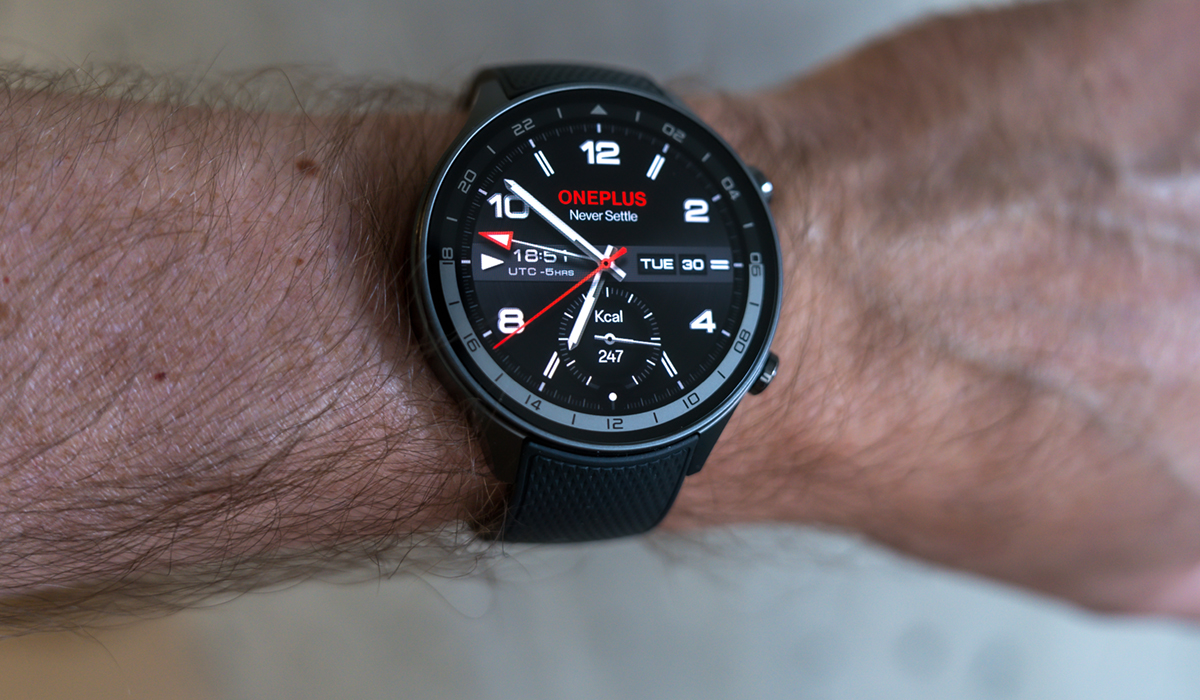
The OnePlus Watch 2R is about value and familiarity, mainly because it approaches both with an ample focus on convenience. It’s essentially a more affordable offshoot of the previous OnePlus Watch 2—and borrows a lot from it too. The two watches aren’t all that different in how they actually function, though the differences between them make practical sense to bring costs down.
It’s arguably more workout-friendly than its flagship predecessor is, while also correcting some of that model’s missteps along the way. As far as Wear OS smartwatches go, the Watch 2R is an interesting option when it aligns with your expectations.
OnePlus Watch 2R design
The OnePlus Watch 2R borrows heavily from the more high-end Watch 2. They both share the same 1.43-inch AMOLED display, dual chipset, software, storage, RAM, battery and charging base. So, then what’s different?
For starters, the Watch 2R has an aluminum body compared to the stainless steel body of the Watch 2. OnePlus also chose Gorilla Glass to protect the screen over the Watch 2’s tougher sapphire glass. In a bid to hide the bezel (to some degree), the screen is ringed by a 24-hour marker. Some watch faces include an extra hand on the clock to follow the day’s progress.
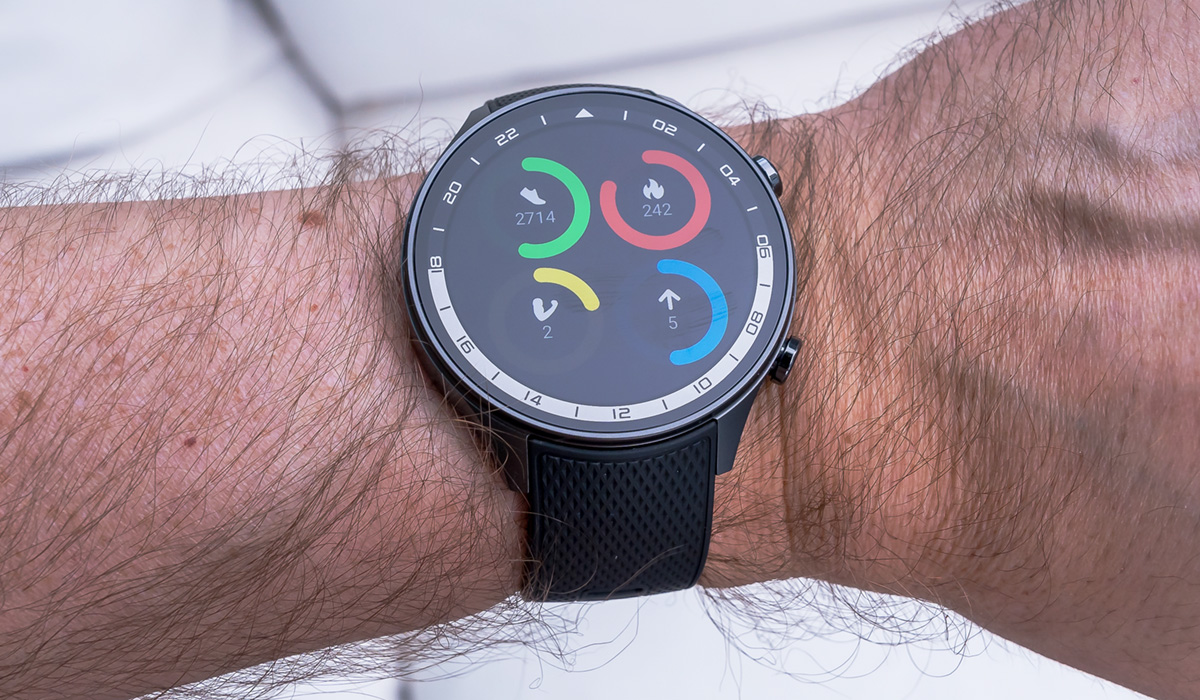
Using these materials makes the Watch 2R lighter than its high-end predecessor, so despite its 47mm body, it shouldn’t feel heavy or cumbersome. That is the only size option, by the way, so if you have smaller wrists, you may want to try this on for size first before committing to it. The straps are the same between the two, so if you find one that fits the Watch 2, it will also fit the Watch 2R. The one difference here is the 2R comes with a silicone strap, whereas its tougher rubber in the other model.
OnePlus still offers IP68 dust and water protection for the 2R, so you can take it for a swim. Another design change falls on the buttons, where both are identical this time. They do twist but don’t do anything as digital crowns. Outside of those changes to cut down the price, the Watch 2R largely follows the same functional purpose.
Software performance
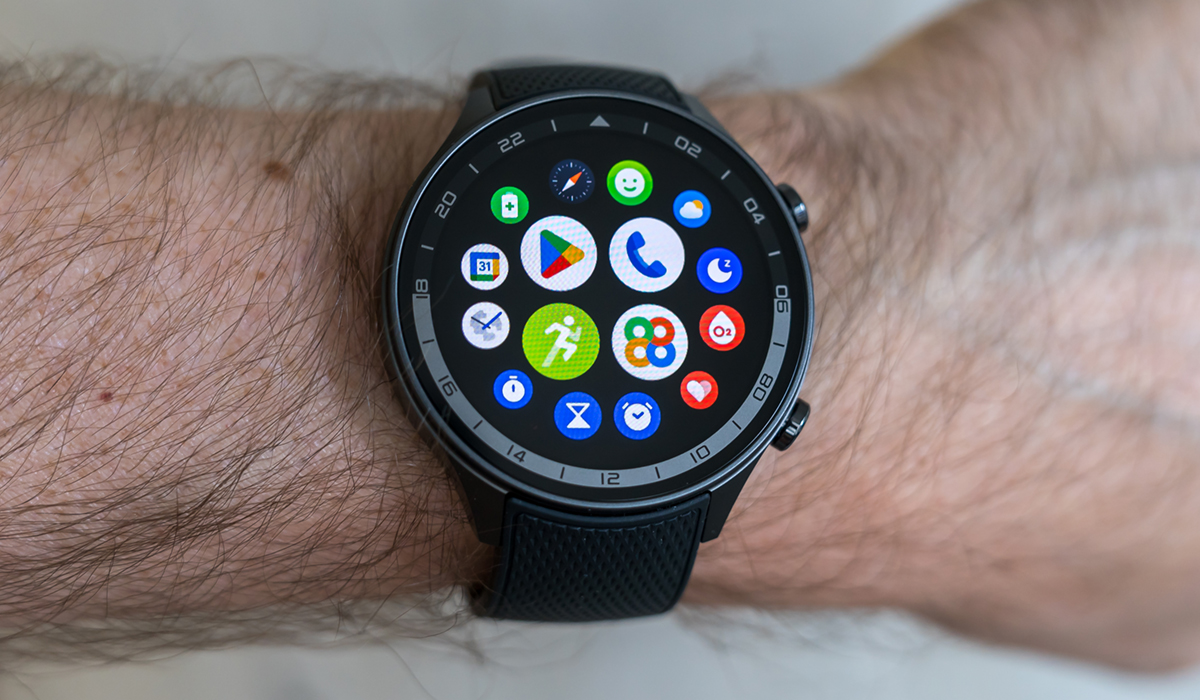
As far as smartwatches Wear OS go, the previous Watch 2 stood out for its software approach. The Watch 2R follows suit by running two chipsets—a Snapdragon W5 Gen 1 and a separate OnePlus co-processor. What this does is allocate Wear OS features, like tracking and third-party apps, while RTOS (Real Time Operating System) is the low-power sidekick that deals with background tasks like monitoring health sensors and maintaining the connection to the paired phone.
This leads to a couple of usable benefits. One is solid battery life—the best of any Wear OS smartwatch to date, lasting up to four days per charge. Moreover, the company’s penchant for fast charging also bears fruit. It takes less than an hour to fully charge it in most cases. Plug it in for 10 minutes and you likely get enough to power through a full day.
Even better, you don’t need to pair it with a OnePlus phone to reap all these benefits. You can use a Samsung Galaxy or Google Pixel phone and get the same results. You need the OHealth app from the Google Play Store to pair the Watch 2R and set up its various features. From there, it looks and feels a lot like any other Wear OS watch. Install third-party apps and set up notifications, while also using Google Assistant and taking phone calls straight from your wrist. From that standpoint, the 2R doesn’t feel like it holds much back.
Exercise and health tracking
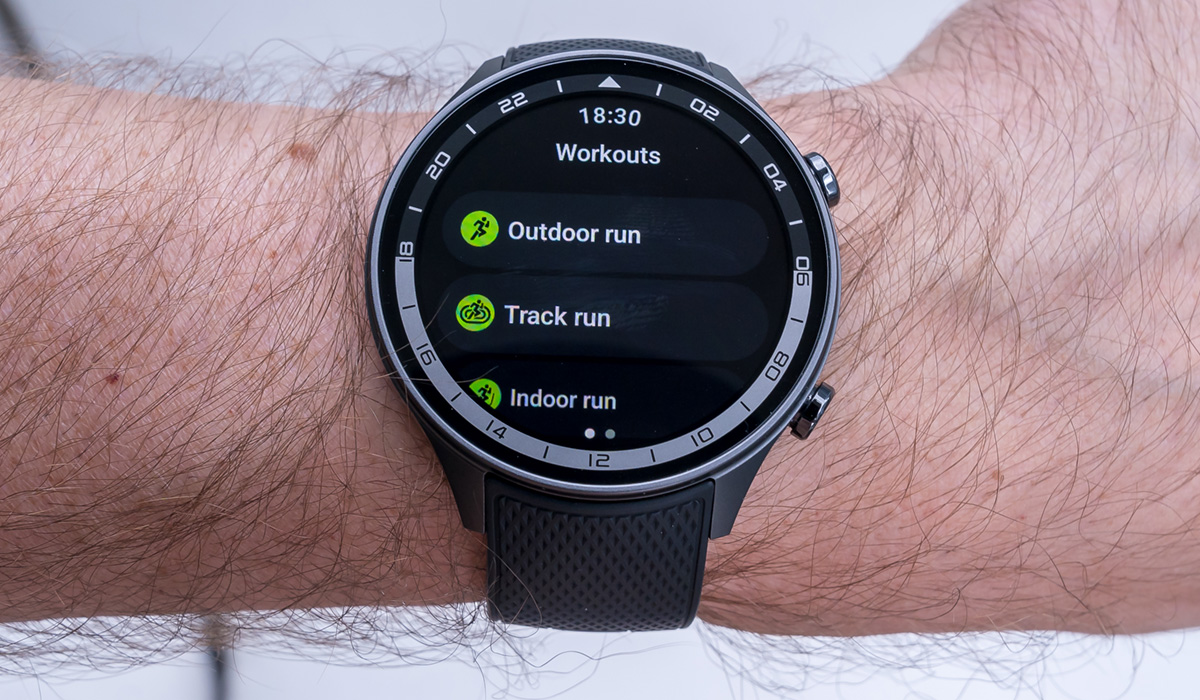
OnePlus had to make some improvements in fitness tracking accuracy, some of which it’s accomplished here with the 2R. Perhaps the biggest one is sharper GPS tracking, where the watch does a better job with location data—great for running, cycling, hiking and outdoor workouts. It’s not perfect, mind you, as it can sometimes veer off a bit in dense cities with taller buildings but is otherwise solid.
It can track over 100 workout types, so you’ve got flexibility based on how active you want to be. It can also track a handful automatically but not all by default. It only applies to running at first, unless you go to Settings-> Workout & Health->Auto-detect workouts and toggle on the ones you want. The catch is that automatic detection isn’t always consistent, meaning you may lose a couple of minutes of activity before the numbers set in.
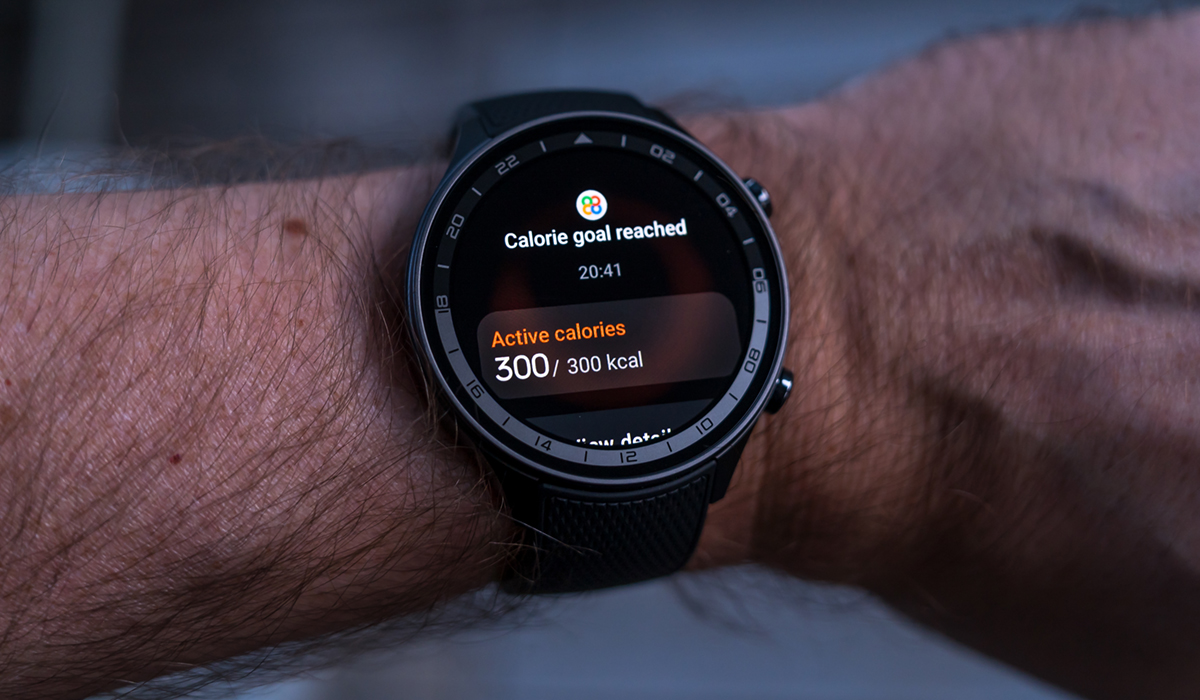
The Watch 2R also tracks things like heart rate, blood oxygen, sleep quality and stress levels. What it can’t do is measure heart activity because there’s no ECG (electrocardiogram), nor are there any features for menstrual tracking for women. On the bright side, sleep tracking is excellent, nailing it down to the minute. Keep your paired phone nearby and it can also track snoring on top of that.
The OHealth app does a decent job laying out all the metrics for you but it won’t be as comprehensive as others, like Samsung Health or Fitbit. The Watch will send you notifications to get active throughout the day and let you know when you’ve hit goals.
Everyday use
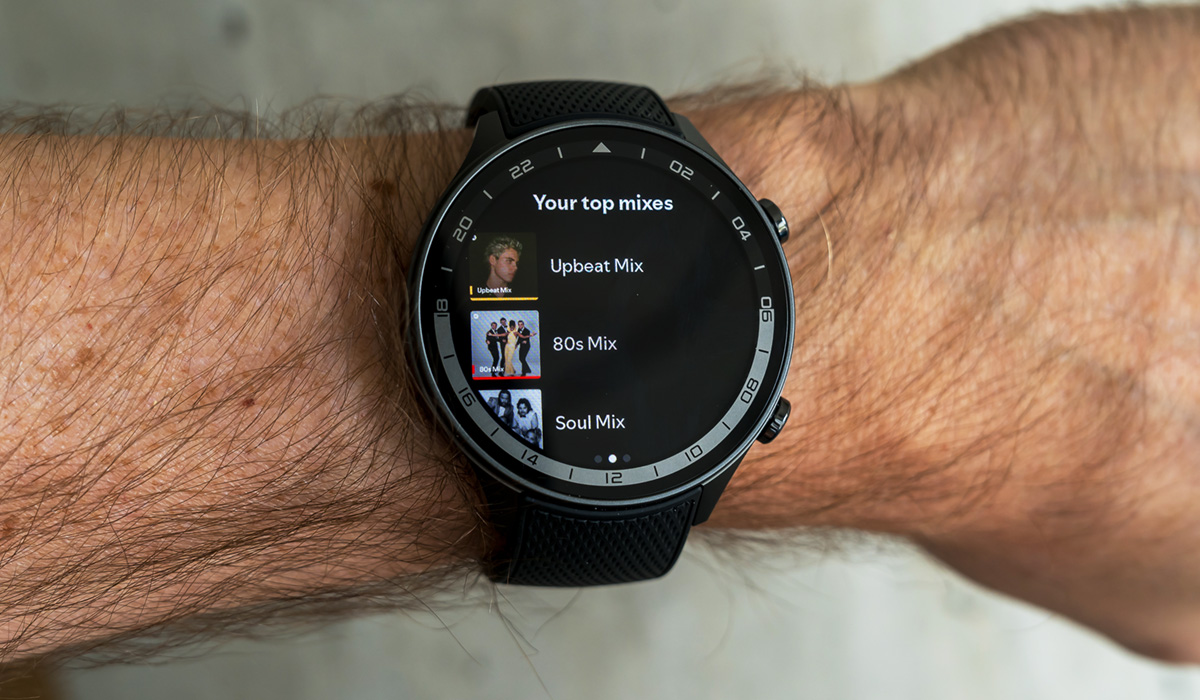
As a Wear OS smartwatch, the Watch 2R covers the basics well. You can make or take phone calls, talk to Google Assistant and see incoming notifications from various apps. You can’t take action on every notification from every app, but there are plenty where you can. If you get a message in WhatsApp, for instance, you can respond with a text or audio note straight from the watch. You can also control Spotify playback, and even download tracks directly to the device for offline listening. Just pair the watch with headphones or earbuds and you’re good. Super convenient when you want to work out and leave your phone behind.
You have about 20 different watch faces to choose from when you want to change up the look of the watch. Just hold down on the screen and cycle through the selections. The rest of the watch is fairly easy to navigate once you get the hang of it. The top button is a home button, whereas the bottom one shortcuts to the exercise app. When on the watch face, press the top button and you get the app launcher. Swipe down to get the various settings and shortcuts. Swipe up to see all notifications. Swiping side-to-side cycles through the app tiles.
Battery life
Even if you push the Watch 2R, its battery life bests other Wear OS watches from other brands. OnePlus rates it at four days—with the always-on display off, no GPS and blood oxygen tracking only while sleeping. A mix of those will knock it down to about two or three days, which is still excellent compared to what others can manage.
Again, the fast charging is huge as well. I like that I can take the charging pad with me and just plug in any USB-C cable into it to charge while travelling or commuting. It’s just not a Qi-enabled smartwatch, so you can’t recharge it using any Qi charger.
Final thoughts
One thing OnePlus has to address is backing up the watch and making it easier to switch. Rather than a simple process to transfer data from an older Wear OS watch to the Watch 2R, you need to scan a QR code from the OHealth app to begin what is not a very efficient method. It won’t matter as much if you’re starting out with this watch, though. Nor if OnePlus addresses this with a future software update.
Despite its limitations, the Watch 2R manages to do well as a more affordable smartwatch. It’s not going to match the tracking capabilities of more advanced models or the focus of athletic-based watches, but it is a good mix of features when you want tighter phone integration. You can’t use it with an iPhone, so this is all for Android users.
The OnePlus Watch 2R is available now in gunmetal grey and forest green.





